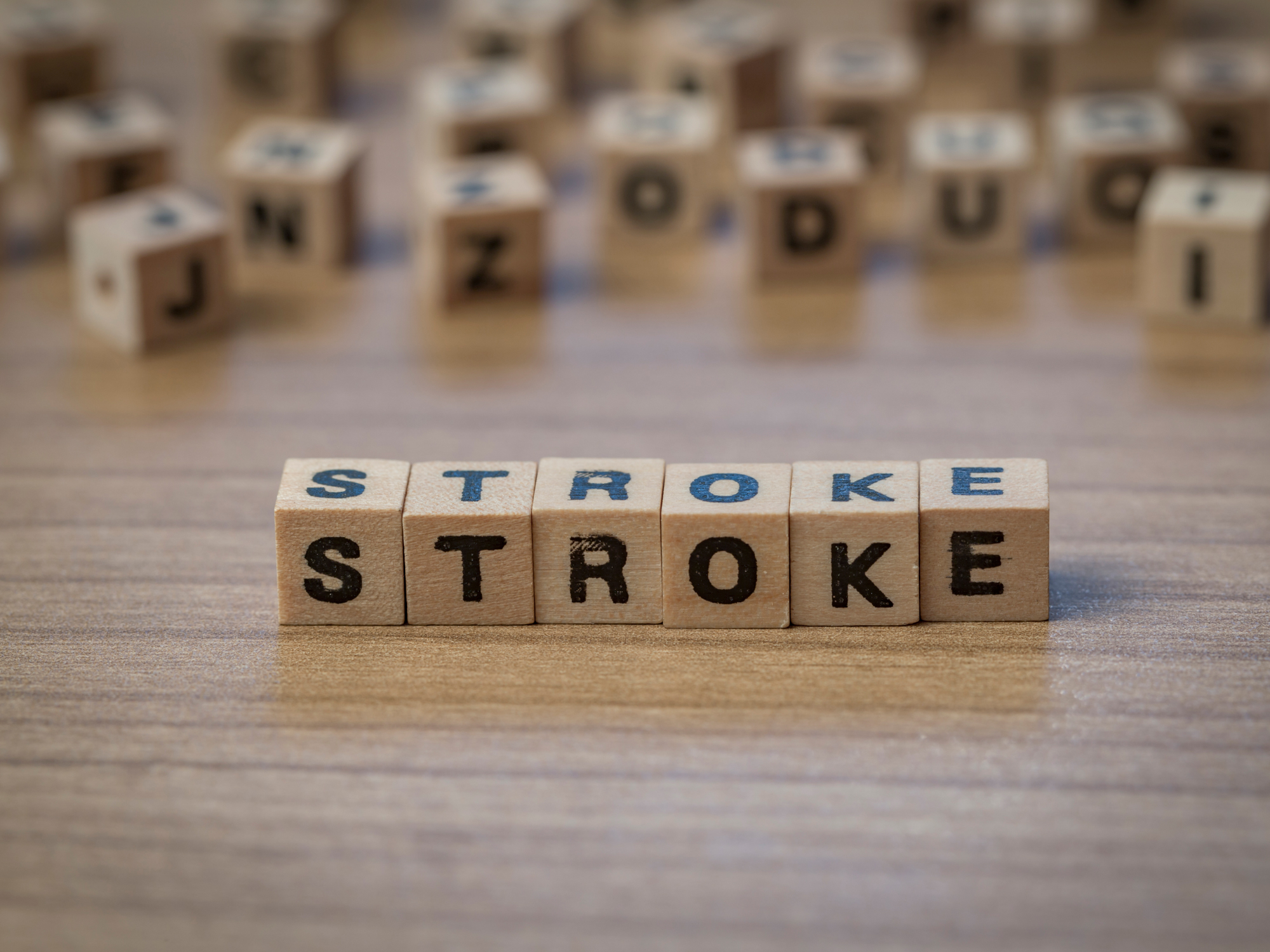Get Easy Health Digest™ in your inbox and don’t miss a thing when you subscribe today. Plus, get the free bonus report, Mother Nature’s Tips, Tricks and Remedies for Cholesterol, Blood Pressure & Blood Sugar as my way of saying welcome to the community!
7 conditions that increase your stroke risk

Here’s an amazing fact:
If you were to lay out all the arteries, veins and capillaries of the average adult, end-to-end, they would stretch about 2.5 times around the world!
That’s a lot of life-giving blood vessels that can get clogged, worn out and injured. When arteries harden, veins swell or blood flow is interrupted, all sorts of health complications may result, many of them potentially fatal or permanently disabling.
You may not be aware of the many ways that plaque-filled arteries and weakened veins can have life-threatening consequences that increase your risk for stroke…
What can go wrong
- Coronary artery disease. This is the one most of us are familiar with and fear the most. A piece of plaque buildup breaks off and lodges in an artery, stopping blood flow completely and causing the dreaded heart attack. This condition doubles your risk of stroke.
- Peripheral artery disease (PAD). Plaque builds up in the arteries that supply your arms and legs. Legs begin to feel sore or tired when you walk or climb stairs. Having PAD raises your risk for heart attack or stroke.
- Carotid artery disease. Just think of this as the fast track to stroke. One of the carotid arteries running along either side of the neck becomes blocked with a piece of plaque, slowing or stopping blood flow to the brain.
- Any of the above diseases can lead to an aneurysm. When an artery wall weakens and bulges out like a balloon, it may stretch so far that it actually bursts, causing internal bleeding. A life-threatening stroke occurs when a brain aneurysm bursts. The bad news is that aneurysms can be like invisible time bombs, causing no symptoms at all until the day they burst.
- Chronic venous insufficiency (CVI). When the valves in a vein malfunction, blood stops flowing up to the heart and accumulates in the legs. CVI can be caused by a blood clot and may develop as the result of a sedentary lifestyle.
- Pulmonary embolism. Sometimes a blood clot in the legs breaks off and travels to the lungs, blocking a pulmonary artery. Without immediate treatment, a pulmonary embolism is life-threatening.
- Deep vein thrombosis (DVT). A pulmonary embolism often starts here. Prolonged bedrest, or a long period of sitting, such as a long plane trip, can slow blood flow and allow clots to form in deep veins, usually in the legs. If a clot travels to the lungs, a pulmonary embolism occurs.
When should you see a doctor?
Most of the conditions we’ve discussed can lead directly to a stroke. It’s important to know the warning signs and get to a doctor immediately if you experience:
- Sudden numbness or weakness of face, arm or legs
- Sudden confusion, trouble speaking or comprehending speech
- Sudden trouble seeing or blurred vision in one or both eyes
- Sudden trouble walking, dizziness or loss of coordination
- Sudden severe headache with no known cause
The acronym F.A.S.T. can help you spot a stroke quickly:
- F – face drooping
- A – arm weakness
- S – speech difficulty
- T – time to call 9-1-1
How to prevent vein and artery problems
The important word here is ‘prevent.’ Some of these problems are treatable, but some don’t give you a second chance.
If you sit all day at work, and just can’t seem to find the time to exercise, heed this well: research has proven that daily physical activity is the most important lifestyle change to make if you want to slash your risk of heart attack and stroke.
Here are 8 more simple steps you can take to keep your arteries healthy and flexible, including a few diet and lifestyle adjustments involving healthy, natural foods that will drastically reduce your risk for varicose veins.
Editor’s note: Have you heard of EDTA chelation therapy? It was developed originally to remove lead and other contaminants, including heavy metals, from the body. Its uses now run the gamut from varicose veins to circulation. Click here to discover Chelation: Natural Miracle for Protecting Your Heart and Enhancing Your Health!
Sources:
- A Visual Guide to Vein and Artery Problems — WebMD
- Brain aneurysm — Mayo Clinic
- Symptoms of a Stroke — American Heart Association
- Pulmonary embolism — Mayo Clinic













